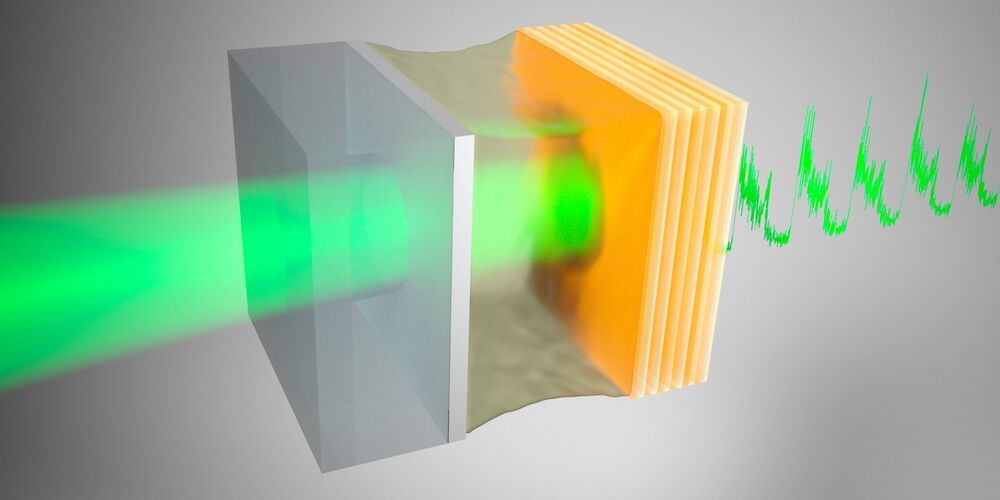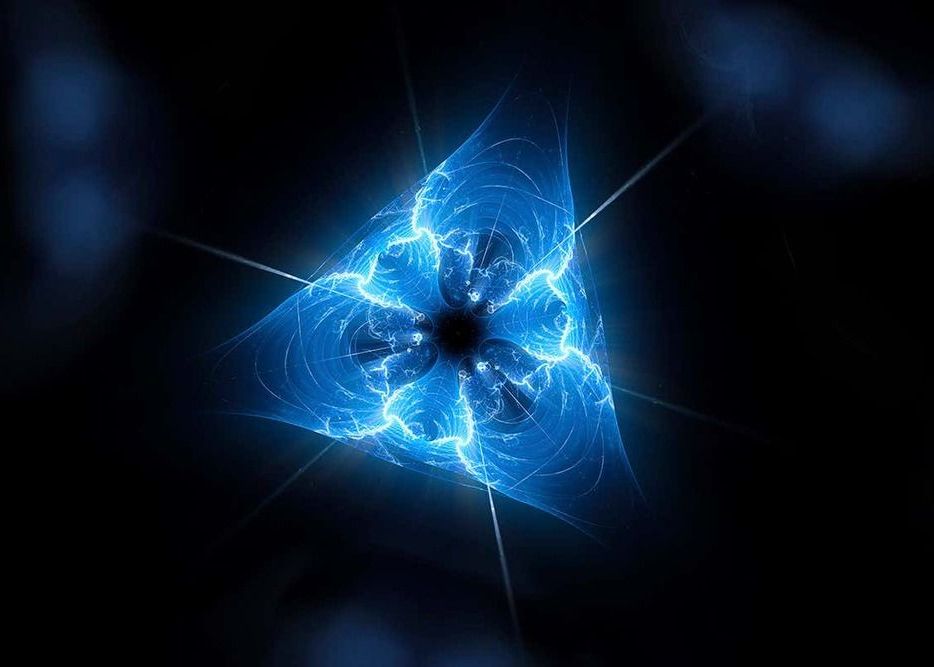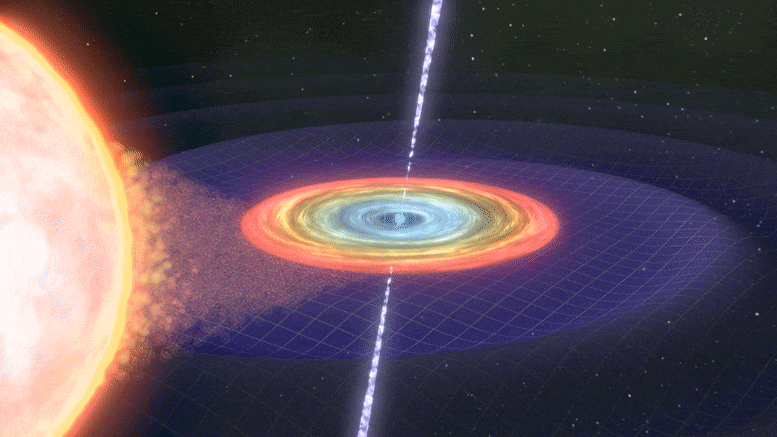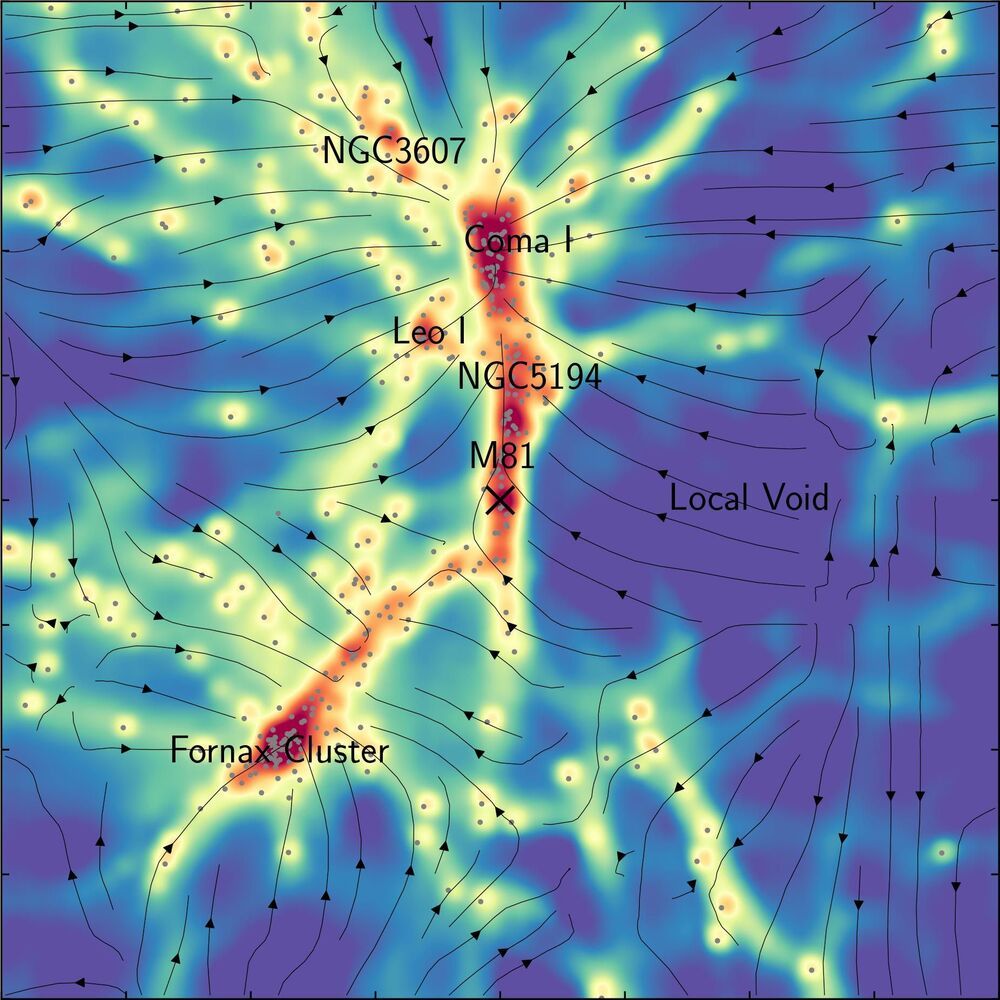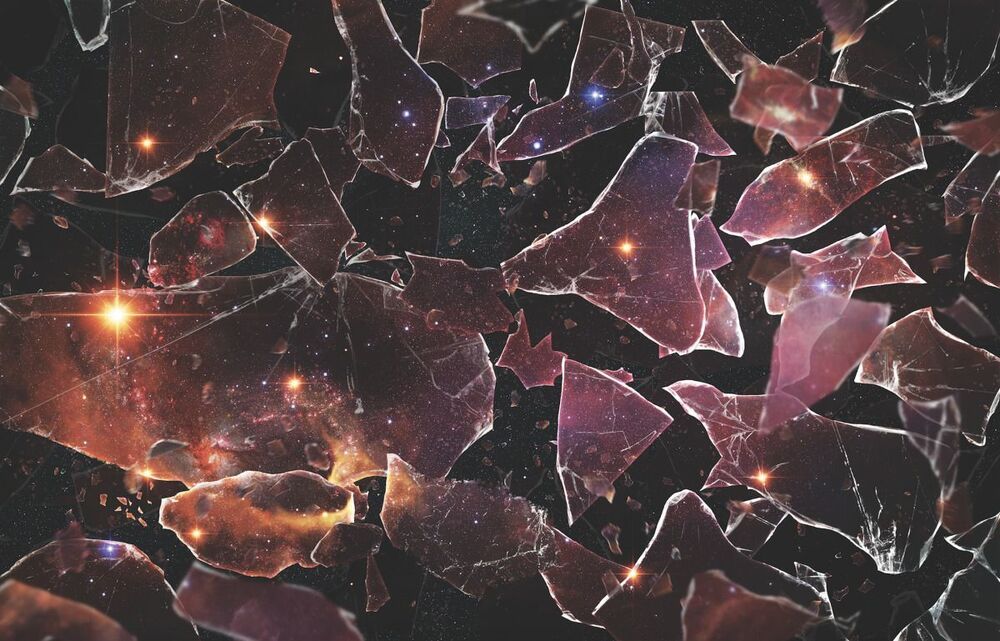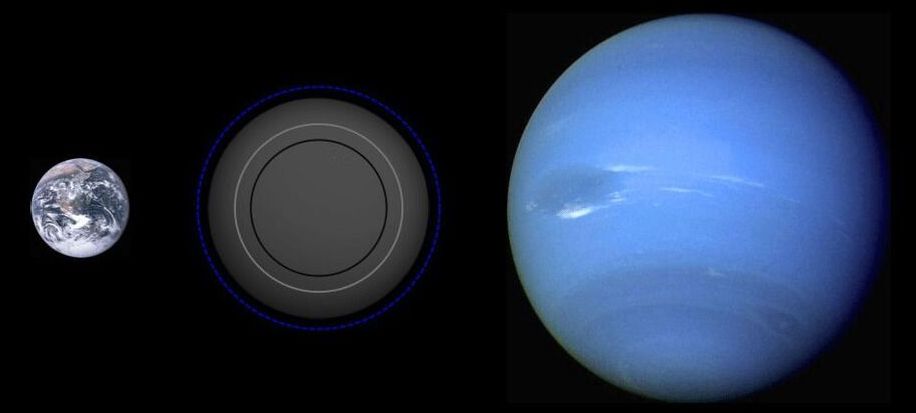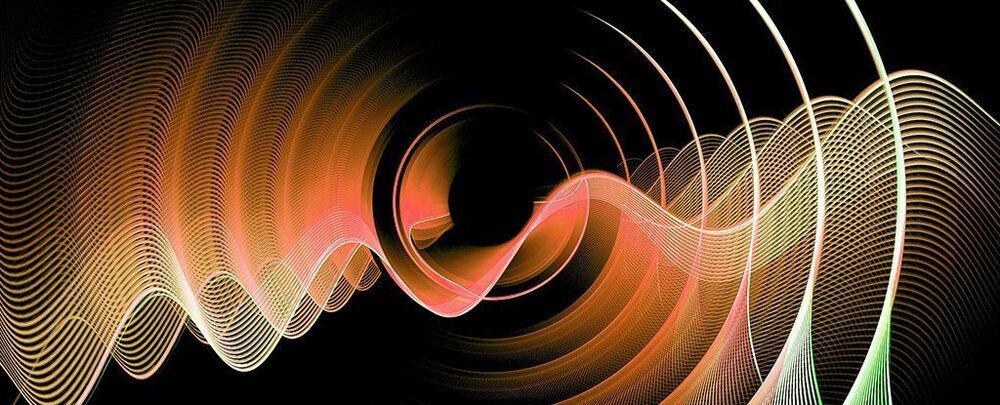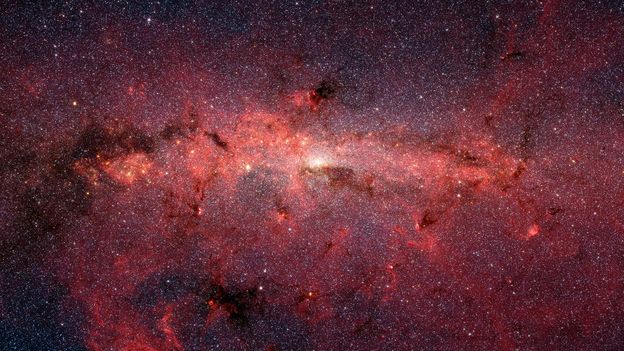May 28, 2021
Episode 52 — The Unexpected Origins of Life’s Genetic Code
Posted by Bruce Dorminey in categories: evolution, genetics, physics
Great new episode with guest Ben K.D. Pearce on how and why our own genetic code was able to form in Earth’s warm little ponds as early as 4.5 billion years ago. Please have a listen.
Guest Ben K.D. Pearce, a Ph.D student in astrophysics and astrobiology at McMaster University in Toronto, and an expert on the origins of life’s building blocks here on Earth. We discuss the idea that all the genetic components from which life emerged were incredibly readily available biogenically very early in Earth’s evolution. As early as 4.5 billion years ago. Pearce is part of a group making great strides in learning how this all may have happened in Earth’s very ancient warm little ponds.
Continue reading “Episode 52 --- The Unexpected Origins of Life’s Genetic Code” »

